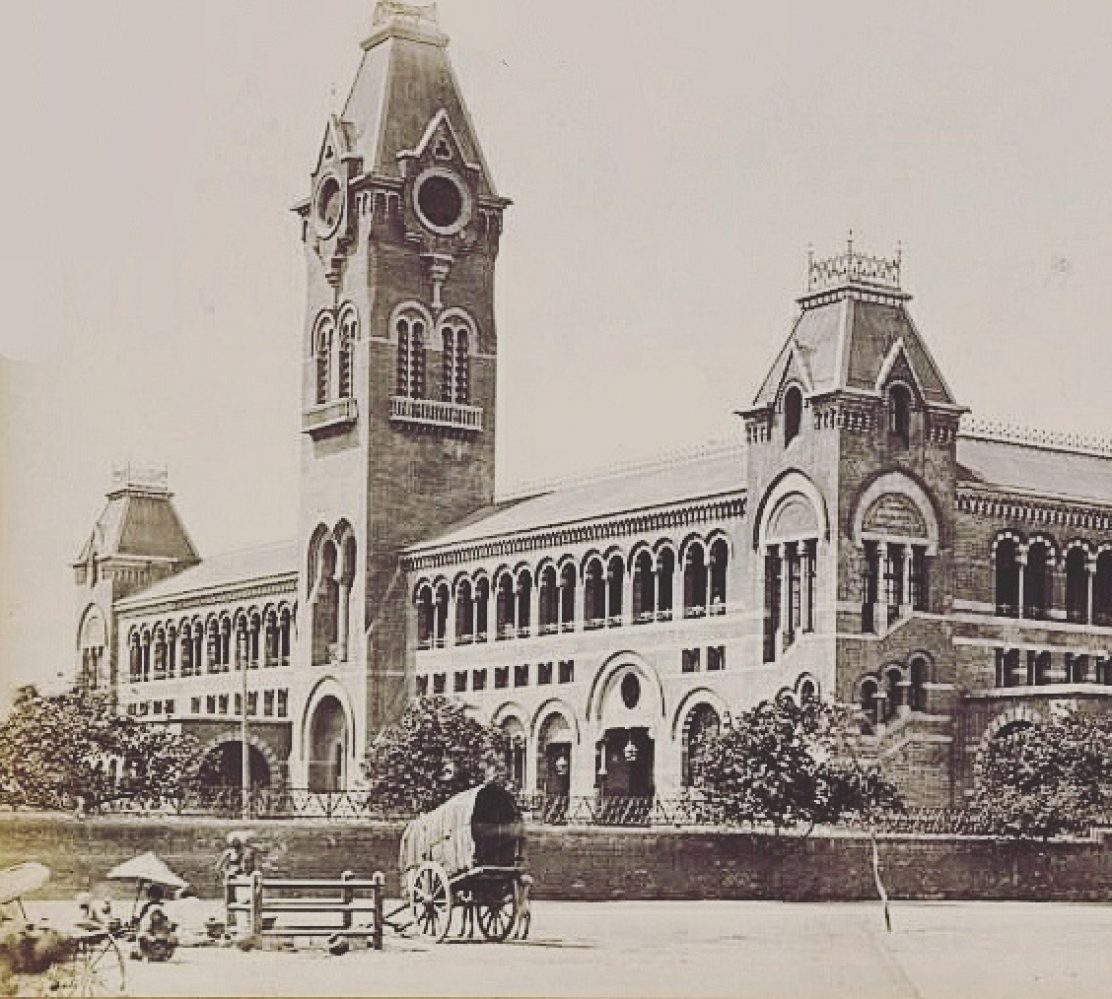Purasawalkam has a history of single-screen presence and all of them are not in today’s cinema map. One of them is Roxy, which was famous for screening English films till the 1980s. It had a majestic presence on Purasawalkam High Road, not far from the Doveton corner. Originally called the Globe, it Was built by the film pioneer Raghupathy Venkaiah in 1918 and hailed as one of the most significant architectural renderings of a cinema theatre in a long time.
Sadly the Roxy Building has been completely demolished and a shopping complex stands in its place.
theatre
Pilot Theatre
There is simply too much nostalgia to recount as the era of pilot theatre comes to an end😢. The theatre which was closed a few years back for renovation is now permanently demolished. Interestingly it has a relation to the popular yesteryear brand of pilot ink pens. The Pilot Pen Co ✒️ (India) Pvt Limited, founded by Paranjothi Arockiasami Sanjivi, a local entrepreneur, was established in 1952. Legend has it that the first factory for the Pilot Pens, when it was more an assembly operation, stood at the site of the Pilot Theatre in Royapettah.
The company decided to get into cinema screening 🎟️ and put up the Pilot Theatre. Completed in 1968, it was India’s second screening facility with Cinerama technology, the first being Bangalore’s Kapali. This was a short-lived innovation, wherein three projectors simultaneously ran three strips of the film 🎞️, all of which synchronised on a giant arced screen thereby making for an awesome visual effect.
The first screening was on November 15, 1968, the film being The Ballad of Cable Hogue👫. After being a facility where only the best of English films were shown, it slowly settled down to vernacular films and later re-runs. Its vast compound was however a great attraction for film shoots. It was also a popular venue for film festivals.
Tangled in inheritance issues the theatre was closed down in 2014 and the theatre is no more today. A little trinket of history is completely wiped off 🍃 the map. The only reminder happens to be the lane adjacent to the theatre which is also named after it.
Source: Sriram.V
The Misquith and Co
The Misquith and Co building has been an inevitable part of Madras theatre history with the famous New Elphinstone theatre or the brief but celebrated Lyric entertainment hall. The lyric entertainment hall opened in 1907 at the first floor of Misquith and Co building.
In 1913 they started screening silent films in the name Empire Cinemas as competition to Electric Theatre. But a devastating fire in 1914 put out their dreams and the building was taken over by well known theatre tycoon J.F.Madan who ran a successful theatre franchisee called the elphinstone in Calcutta. It was one of the few indian companies to film the historic 1911 Delhi Durbar attended by King George V and Queen Mary. He refurbished the place and established The New Elphinstone which was inaugrated by the governor general of Madras in 1916.
Elphinstone went on to become the first theatre with a balcony and one of the largest theatres in Madras at the time. Much later when the theatre lost out to its competiton, it became the elphinstone soda fountain that sold cold beverages.

Source:The Hindu | S.Muthiah


